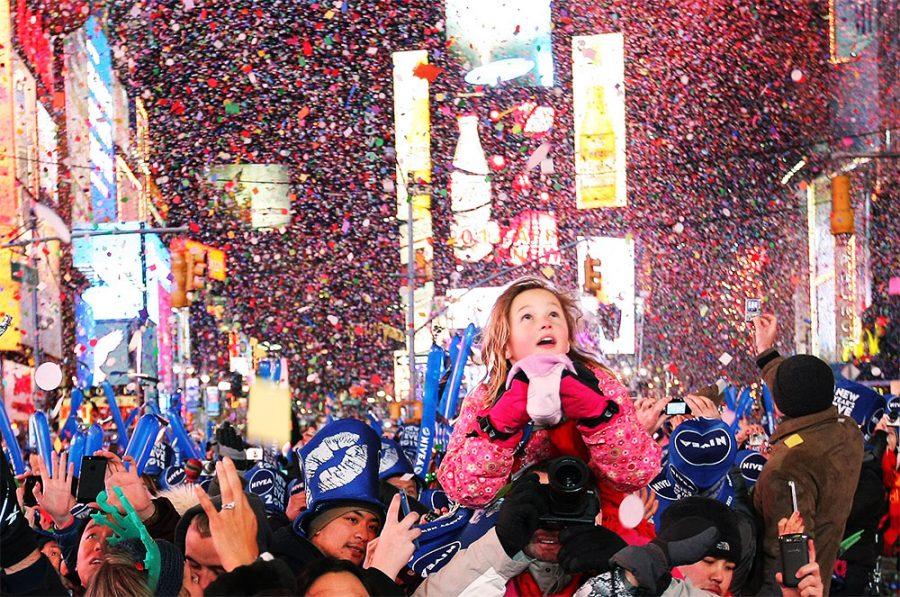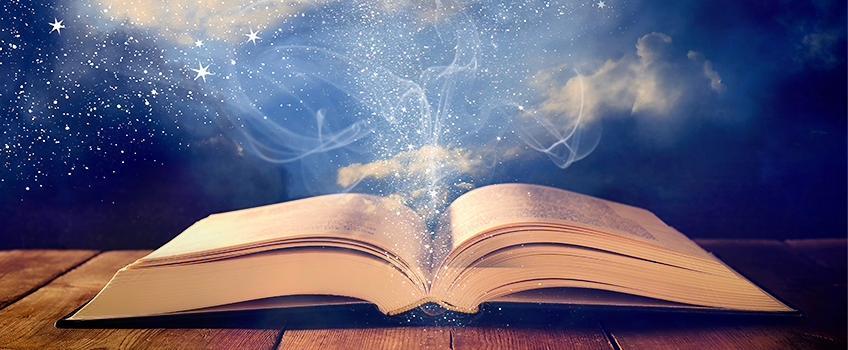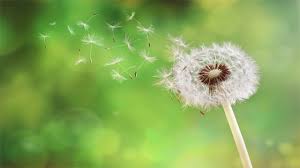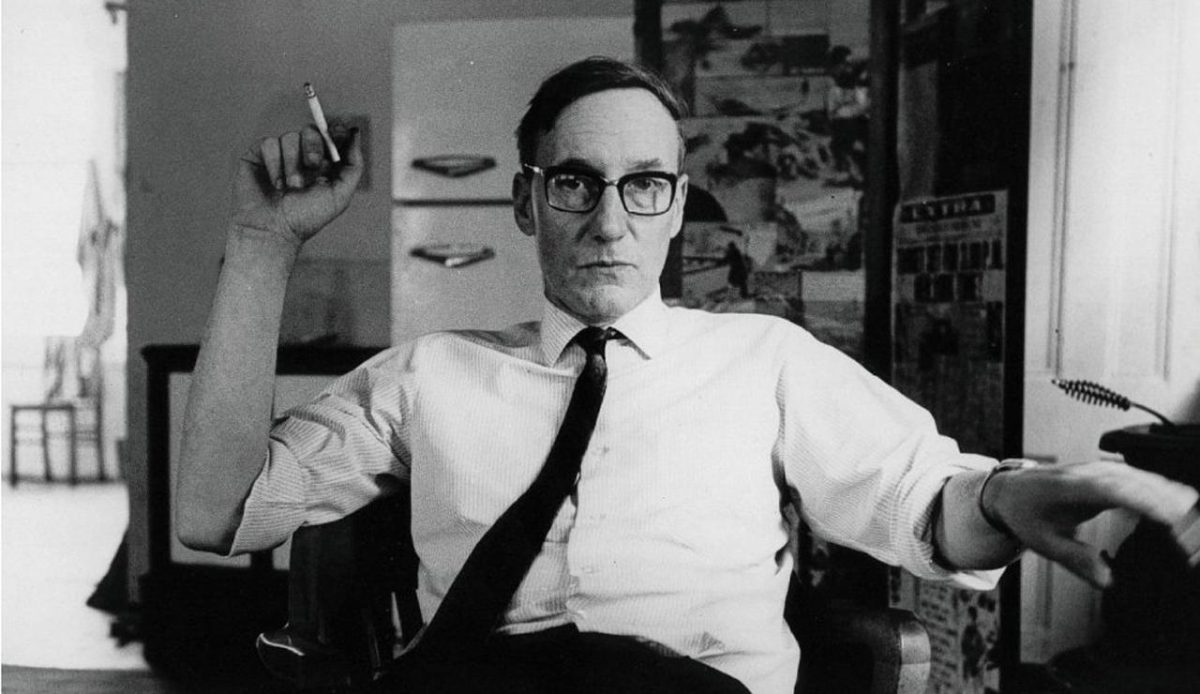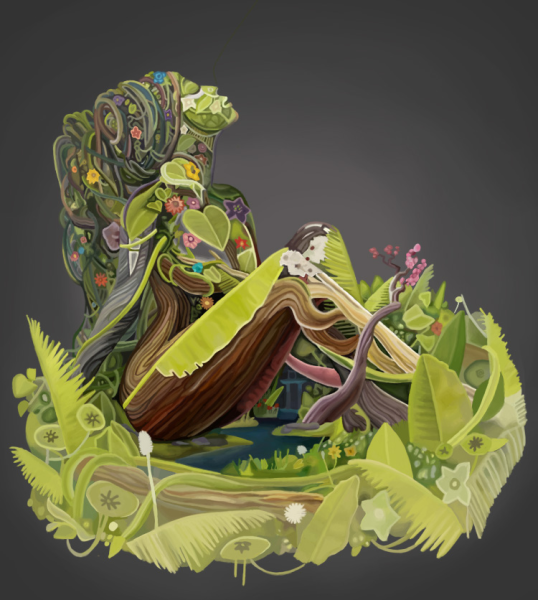New Year’s In Other Countries
January 4, 2017
On January 1 2017, countries around the world celebrated the New Year in a similar yet distinct way. They all celebrated with many festivities, but some a bit different than others. This article will point out how other countries took part in the New Year.
Countries that celebrate the New Year according to the Gregorian calendar, such as North and South America, nations in Europe and some in Asia, celebrated the coming of a new year on the 1st of January. In the U.S., fine wine such as champagne and foods such as black-eyed beans are considered lucky to have on New Year’s Eve (1). Honking from cars, whistles and paper-blowers, and kissing someone when midnight strikes is a common theme among North Americans celebrating the New Year. Football is telecasted across the country, along with the most praised event of the “ball drop” in Times Square, New York. A tradition in the U.K. is to also have festivities such as eating and drinking with friends, and to set off fireworks near the Big Ben clock tower as it strikes 12 (1). It is tradition in Spain to eat 12 grapes, one at each strike of the clock, to bring good luck (1). In France, the New Year is called Jour des trennes, and the festivities that go on are known as “Reveillion.” It is popular belief in France that food brings prosperity, so people prepare massive feasts for friends and family, for good luck and as for hope for another prosperous year. Australia has their famous firework display at Sydney Harbor, and every year hundreds of thousands of people gather to watch the display. In Brazil, the color of underwear one wears matters on the New Year, as each coloration symbolizes something different; such as green meaning wealth and red meaning romance.
Some parts of Asia also celebrated the New Year of the Gregorian calendar. Japan, for example, adopted the calendar in the 1800’s, and most celebrate by going to Buddhist and Shinto temples to pray, and bells are rung to ward off evil. Rice cakes/treats called “Mochi” are made, and straw ropes are hung at the entrance of a house to bring prosperity to the owner. In the Philippines it is believed that rounded and spherical objects, for example, a coin, bring good luck for the New Year. People set the table with round fruits and eat twelve of them exactly at midnight. China celebrates the New Year on a lunar calendar, but on January 1st there are some festivities to behold such as fireworks and dancing.
In other countries, they celebrate the New Year on a different date. Countries in South-East Asia celebrates the New Year according to the Luni-solar calendar, and most of the time it is celebrated in April. It is very common in these countries, (which have a background in Buddhism), to not only celebrate by feasting and some drinking, but also with visiting monasteries, giving food to monks, and bathing Buddha statues. In India, which is a country with a large population of Hindus, people tend to celebrate New Year’s in September or October, and while many provinces celebrate the New Year differently the common theme is to pray at temples, cleaning and decorating homes, making sweets, and exchanging gifts (1). For people that practice Islam, they follow the lunar calendar, which has 354 days (1). This is mostly a time for deep prayer in mosques, and Shias also recite poems in the memory of a martyr named Imam Hussain, and enact scenes and plays of the Battle of Karbala in mosques (1).
Sources:
(1): http://www.123newyear.com/newyear-around-the-world/
Picture: https://www.balldrop.com/times-square-all-access-pass



